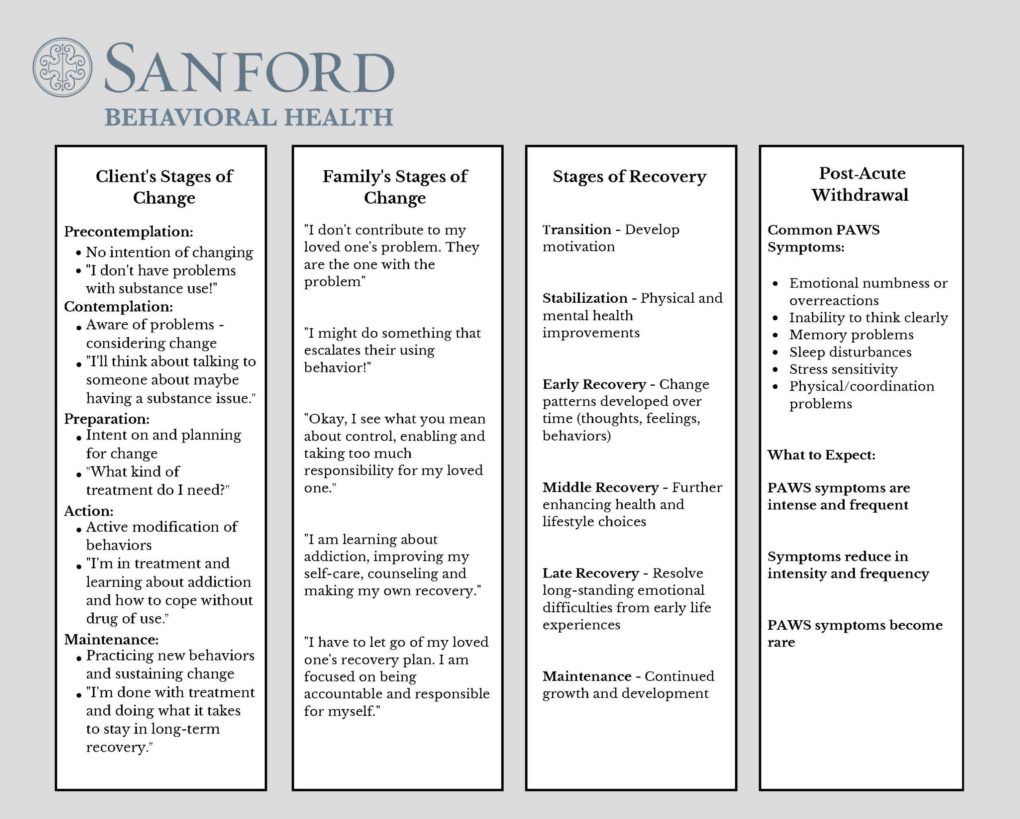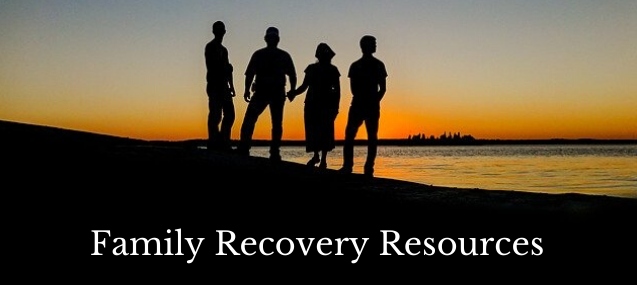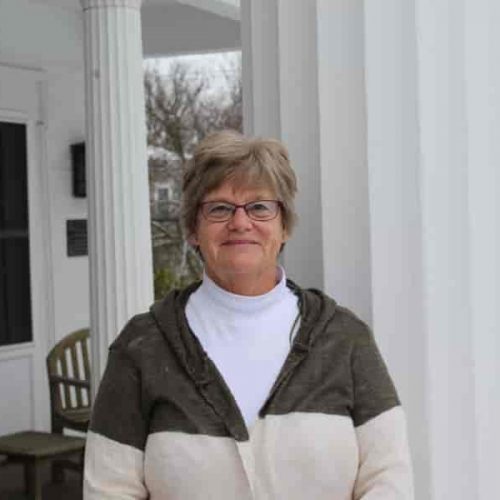Dynamics of Early Recovery – Family Education Series
“Ahh, finally they agreed to some treatment. What a relief! We’re finally going to end this chaos and disruption our family has been living through…”
Not so fast, my friends. Yes, treatment works and opens the path to recovery for those with substance use disorders (SUD) by establishing a foundation, or plan, to follow. However, reconnecting with loved ones following treatment is one of the most awkward and anxious times for the person recovering from an SUD, and their family and friends.
Dynamics of Early Recovery
At Sanford Addiction Treatment Centers, we spend a session in our Family Education Series devoted to this time of reconnection. The chart below illustrates the dynamics of early recovery for everyone involved. For those in the family program, please read over the chart. We will discuss what a loved one needs to pay attention to in early recovery in an upcoming session.
The dynamics of change…
We have discussed the Stages of Change in previous articles. All family, friends, and clients will go through these stages as they adjust to early recovery. Now, it is time to get specific and look at the chart.
First Column: Client’s Stages of Change
This column lists a brief description of the stages of change. It also gives examples of thoughts a client might have during a particular stage of change.
Second Column: Family’s Stages of Change
The second column lists the thoughts a family member or a friend might have about the situation. The stages are the same, but people’s thoughts about addictive disease are quite different! These differences in thought will not likely come together and begin resolving until later in the process of change. This is a critical factor to keep in mind as your loved one reconnects with family and friends.
According to Change Theory, all people change at various paces. They also move back and forth between stages as part of the process. One factor we know about the dynamics in early recovery? People who are in or who have been in treatment, have had multiple hours of therapy and psychoeducation concerning their disease and how to manage it. Family and friends have not. This means family and friends are likely to be behind in their stages of acceptance of the disease.
While their loved one is in treatment, family members spend time holding things together at home. Hopefully, they also seek education on SUDs and initiate support for themselves. This is the time when they personalize their loved one’s behaviors. Similarly, family members might hold on to resentments at this time. Both of these emotional experiences interfere with the acceptance of their loved one’s condition (and relationships in general). The differences in thoughts and beliefs must be considered as family, friends and loved one’s reconnect. Everyone must be patient with their own process and each other.

The dynamics of early recovery impact everyone in the family…
Third and Fourth Columns: Stages of Recovery and PAWS
The next two columns on the chart refer to the individual with an SUD and their early recovery issues/healing levels. Many people leaving Sanford Residential Treatment will be fairly well stabilized and ready for the transition. Folks in Outpatient Treatment (IOP) are usually at similar levels when they are in the middle of their IOP course. But they are all just entering early recovery. The brain healing process is critical at this level. and the symptoms of post acute withdrawal syndrome (PAWS) are prevalent. Healing a brain from addiction takes many months. The symptoms of PAWS, as listed on the chart, make dealing with stress and thinking clearly, a challenge.
For family members…
Energy levels and mood management are not yet stable in early recovery as the mid-brain is healing. Hence, your loved one’s behavior may be unpredictable. This behavior may even be taken as using behavior by family and friends. Dealing with issues constructively, although a challenge, is key to managing the dynamics of early recovery.
Early Recovery and Beyond
Our chart attempts to outline the dynamics of early recovery for family, friends, and those with an SUD. At Sanford, we recommend that you develop a specific time and method for discussing thoughts and feelings related to recovery plans. This can be done with friends and family or partnerships. Effective communication is a key to managing early recovery and the challenging dynamics it presents.
At Sanford Addiction Treatment Centers, we encourage family members and significant friends of our clients to attend our Family Education Program and our ongoing support groups to decrease their personalization of their loved one’s disease. This assists family and friends to learn how to reduce their own codependent behaviors and the risk of relapse in early recovery.
For more articles on Family Recovery:






